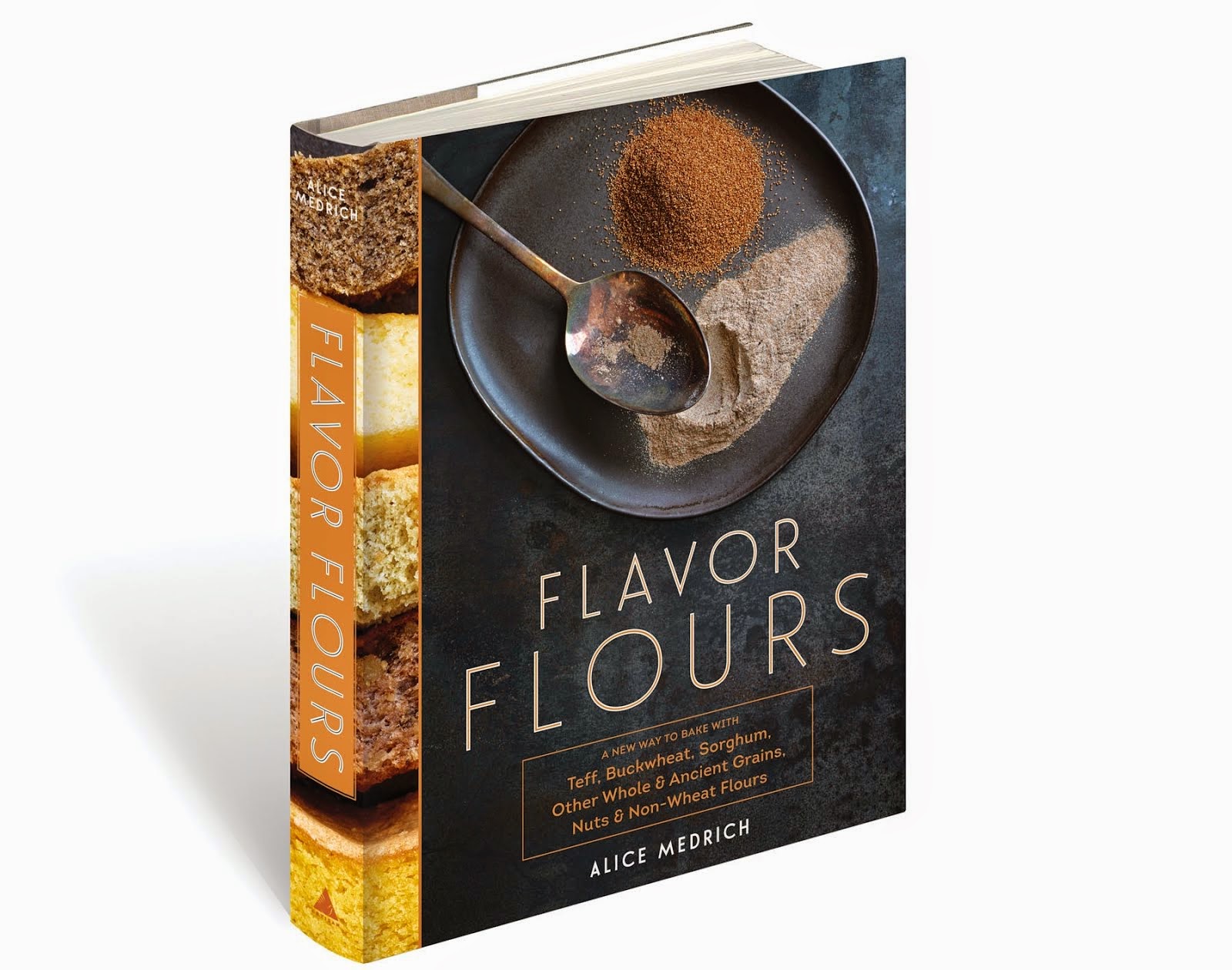Maybe it would take an iPhone app to get American home bakers to toss their measuring cups and start using a scale. If you want to skip my lecture on measuring (and why you should get a scale), just scroll down to see some iPhone apps (feel free to send your own photos). Meanwhile, ye faithful, read on…
They used to say American home cooks were intimidated by scales. Or was it that scales were too European? Or was it a slippery slope thing—a scale in the kitchen would lead to the dreaded metric system? Now that we think, cook, and eat globally, now that we are computer savvy from age two, now that every child's grandma has an iPhone… How can a kitchen scale be intimidating?
Let me review why a scale improves baking and makes life in the kitchen easier.
First, when I say scale, I don’t mean a spring-loaded thing with a dial. I do mean a scale with batteries (like your smart phone, your iPod, your camera, and all of your other necessities). The scale should register eighths or tenths of an ounce. Such a scale can be had for less than the cost of ten lattes, btw. And, you can learn to use it in less time than it takes your barista to make those ten lattes.
If you bake (especially if you bake), here’s why you want a scale.
Consider flour. A heavy hand with flour is the prime suspect for bad baked goods. The amount of flour you put into your measuring cup can make the difference between a moist, light, poem of a cake and a doorstop. It can make the difference between buttery melt-in-your-mouth cookies (or fluffy pancakes) and miniature paperweights. What is a cup of flour anyway? If you stir the flour in your canister a little (but not to much) to loosen it, and then spoon it lightly into your measuring cup and sweep it level without packing, tapping, jiggling or shaking the cup, you’ll have 4 ¼ to 4 ½ ounces of flour in your cup. If you dip your cup into that same canister, and level it against the side, or shake it or tap it or jump up and down to level it, who knows how much flour you’ve got in there? And, if you measure right from the flour sack stored in the pantry jammed behind cans of beans or under the potatoes, then all bets are off. I asked a close friend to please measure a cup of flour at her house, as though she were preparing to bake a cake, and dump it into a bowl and bring it to me at my house. I put her cup of flour on my scale. It was 33% heavier than the lightly spooned and leveled cup described at the top of the paragraph. Can you tell me that a cake or cookies made with a 6-ounce cup of flour will come out remotely similar to those made with a 4 ½ -ounce cup?
Maybe you are living gluten free? Maybe you’ve wondered why you get great results from some recipes only some of the time? Gluten free baked goods are hypersensitive to measuring variation, and the non-wheat flours and starches (rice, corn, tapioca, oat, bean, potato, et al) are especially hard to measure consistently using measuring cups. To add insult to injury, if you make your own gluten free flour blend, the weight of 1 cup of your blend will depend on whether you measure it right after blending or weeks later after it has settled in the canister (that is, unless you make a point of really fluffing the mix before you measure each time). Masterful gluten free baking is challenging enough; using a scale eliminates one very significant wild card.
More reasons to use a scale? A scale streamlines your movements in the kitchen. You can measure ingredients right into the mixing bowl, so you’ll use fewer utensils and have less to clean up. A scale means never having to sift or chop before measuring, and never having to wonder how lightly or firmly to pack a cup of brown sugar. Some of the best chocolates don’t come in one once squares, so you need a scale. I could go on…
A scale means that your results for a given recipe will be more consistent from one time to the next, even (or especially!) if you bake that cake only once a year. If you are someone who is always tinkering and tweaking recipes—you probably make notes in the margin. Weighing is a better way to track your tweaks, especially small changes in critical ingredients such as flour.
The rub? Not all recipes give weights (yet). Many cookbook or recipe authors don’t even tell you how they use their measuring cups, especially when measuring flour. That being said, more cookbooks than you think do explain measuring style—usually in the front or back of the book, where cooks in a hurry never venture. Go there and see! Baking books are more apt to give weights and they almost always describe how to measure flour with a cup if you don’t have a scale. You will get better results with a specific recipe if you measure like the cook who created the recipe, and more consistent results if you weigh… I usually assume that a lightly spooned and leveled cup of flour is meant to be 4 ¼ to -4 ½ ounces while a dip-and-sweep cup is meant to be about 5 ounces, unless of course the author tells me otherwise.
Meanwhile, here are some ways to use your iPhone to measure flour:
Don't forget the formula for classic pound cake: equal weights of flour and eggs...






